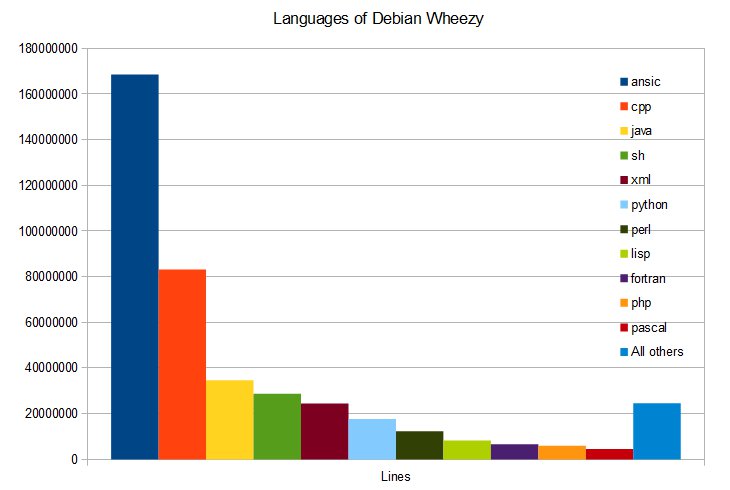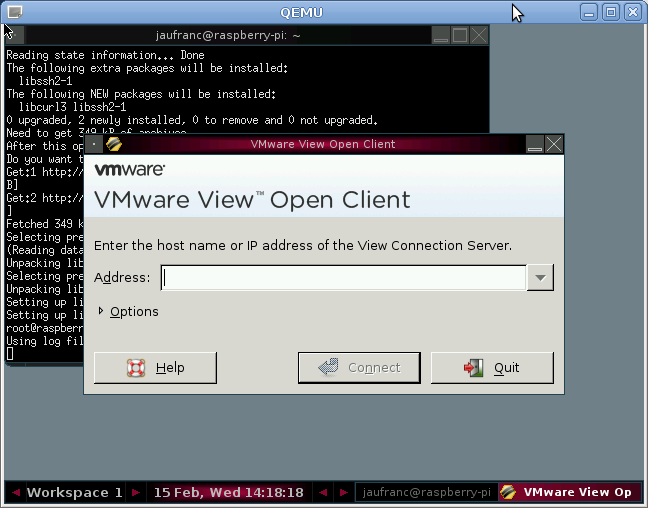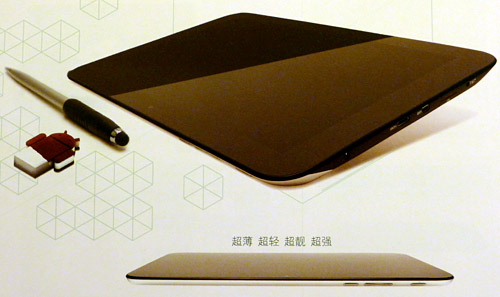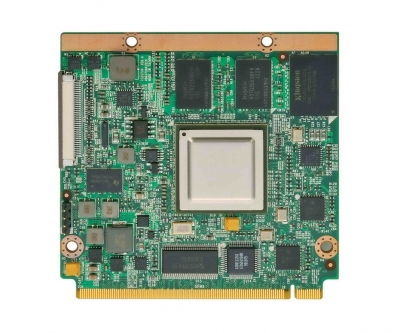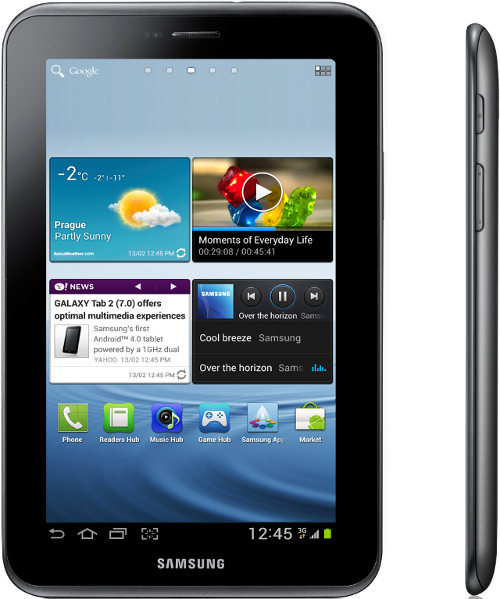James E. Bromberger (JEB) , a contributor to Perl CPAN and Debian, has estimated the cost of developing Debian Wheezy (7.0) from scratch based on the the number of lines of code (LOC) counted with SLOCCount tool, the Constructive Cost Model (COCOMO) and the average wage of a developer of 72,533 USD (using median estimates from Salary.com and PayScale.com for 2011). He found 419,776,604 lines of code in 31 programming languages giving an estimated cost of producing Debian Wheezy in February 2012 of 19 billion US dollar (14.4 Billion Euros), making each package source code (out of the 17,141 packages) worth an average of 1,112,547.56 USD to produce. He also estimated the cost of Linux 3.1.8 Kernel with almost 10 millions lines of source code would be worth 540 million USD at standard complexity, or 1.877 billions USD when rated as ‘complex’. I don’t know which tool he used for […]
Cross-compiling VMWare View for ARM Linux (in Debian/Ubuntu)
Earlier this month, I wrote an article about PCoIP Technology which shows an Android application (VMWare View) running on an OMAP4 Tablet displaying a Windows 7 desktop. This remote desktop technology relies on a powerful server to do the processing and thin clients (in that case Tablets) to display the desktop. Since only pixels are transferred any OS (supported by the server) could be displayed in the thin client. That made me wonder if there was an open source PCoIP client that could run on low end Linux client such as the Raspberry Pi. VMWare View Open Client provides just what we need, but is only available in source code so we need to cross-compile it for ARM or build it in an ARM machine. Today, I’ll show the instructions I followed to cross-compile it for ARM in Debian using Emdebian Toolchain. First download and extract VMware View Open Client […]
Ziilabs Unveils HanZpad Android 4.0 Tablet Reference Design
ZiiLABS, a subsidiary of Creative Technology, has announced the HanZpad platform, a tablet reference design based on ZiiLABS ZMS-40 StemCell Media Processor (4 ARM Cortex A9 cores and 96 GPU cores) optimized for Android 4.x (ICS) and a Chinese operating system. The HanZpad platform is built around Ziilabs ZMS-40 processors with four 1.5GHz ARM Cortex-A9 CPUs and 96-core for the GPU. The ZMS-40 SoC supports H.264 HP decoding of up to 3840×1080 for true 1080p 3D stereo, and 2560×1600 (WQXGA) display resolution support. The firmware can also be upgraded to support for High Efficiency Video Coding (HEVC) aka H.265 which can increase data compression ratio by up to 2 times compared to H.264. Beyond the ZMS-40 processor, the key features of the tablet are as follows: 10.1-inch, 1,280 x 800-pixels IPS panel 1GB memory micro SDHC slot (up to 64GB) Wi-Fi and Bluetooth connectivity 22-hour battery life (~1W power consumption) […]
GreenBase GQ-3874 and CG-8148 TI ARM Cortex A8 QSeven Modules
GreenBase Technology has unveiled the GQ-3874 and GQ-8148 Qseven modules based on Texas Instruments Cortex A8 processors. The GQ-3874/8148 features a PCI-e slot, SATA, four USB, four UART, dual CAN bus, ARM Cortex A8 1GHz processor, and SGX530 3D graphics engine. The GQ-3874 – Qseven Module uses the following CPU and GPU: CPU – Texas Instruments Sitara AM3874 1GHz ARM Cortex-A8 MPU GPU – SGX530 3D Graphics Engine and the GQ-8148 – Qseven Module uses the following CPU, GPU, DSP and Video hardware accelerator: CPU – Texas Instruments DaVinci DM8148 1GHz ARM Cortex-A8 MPU GPU – SGX530 3D Graphics Engine DSP – Integra C674 750MHz DSP HDVICP2 Video Encoder/Decoder hardware accelerator Both boards share the following specifications: Memory & Storage Onboard DDR3 Memory 512MB/1GB Onboard eMMC Flash 4GB/8GB Qseven 230 pin Edge Connector with: 2 x GbE 1 x PCIe 1 x SATA 1 x HDMI 4 x USB 2.0 […]
MediaTek Announces MT6575 Android Platform
Yesterday, MediaTek Inc. announced the availability of the MT6575, its 3rd generation platform for mid and entry‐level Android smartphones (defined as less than 190 USD wholesale). The MT6575 platform offers a 1GHz ARM Cortex‐A9 processor, a 3G/HSPA modem and runs Android 4.0 (ICS). The company targets 2 market segments with this SoC: mid‐range smartphones – The platform supports 720p HD video playback and recording with an 8MP camera and qHD (960×540) display thanks to a Imagination Technologies PowerVRTM SGX Series5 GPU . Mediatek claims the MT6575 offers over 35% improvement for browser applications and over 20% improvement in graphics capabilities for gaming when compared to competitors’ best offerings in these segments. entry‐level smartphones – The MT6575 also caters to low end smartphone with smaller display sizes, lower resolution, less memory and reduced multimedia requirements. The company claims that the MT6575 has the world’s lowest power consumption, as well as support for […]
Wayland Library: X11 Display Server Replacement for Linux
The X Window System has been implemented in Linux since the beginning and manages the graphical user interface of most Linux distributions, although some embedded systems do without X11 and use lightweight graphics libraries such as Nano-X, SDL, DirectFB etc… X11 is invisible to the end-user but does all the hard work needed to have Gnome, KDE and Unity user interfaces work properly and smoothly. However, in recent years, GNU/Linux desktop graphics has moved from having numerous rendering APIs talking to the X server which manages everything towards putting the Linux kernel in the middle with direct rending (e.g. OpenGL, VDPAU/VAAPI) with window systems taking the backstage. This new architecture provides a much-simplified graphics system offering more flexibility and better performance. The problem is that the X Window System is highly complex, a complexity that is not really needed with the newest version of the kernel. That’s where Wayland protocol comes […]
Samsung Galaxy Tab 2 (7.0) Runs Android 4.0
Samsung has just announced its first Tablet to run Android 4.0 (ICS), the Galaxy Tab 2. The tablet features a dual core 1GHz processor with a 7″ touchscreen display (resolution 1024×600), 1GB RAM and 8, 16 or 32 GB flash expandable via a microSD Slot. There are also front and rear (3MPixel) cameras. Here are Samsung GALAXY Tab 2 (7.0) Product Specifications: Network HSPA+ 21Mbps 850/900/1900/2100 Processor 1 GHz Dual-Core Processor Display 7” WSVGA(1024×600) PLS TFT OS Android 4.0(ICS) Camera Main(Rear): 3 Megapixel Fixed Focus CameraSub(Front): VGA for Video Call Video Codec: MPEG4, H.263, H.264, VC-1, DivX, WMV7, WMV8, VP8Format: 3GP, ASF, AVI, MP4, WMV, FLV, MKV, WebM Playback/ Recording: Full HD@30fps, HD@30fps Audio Codec: MP3, AAC, AC-3, AMR, FLAC, MID, WMA, WAV, VorbisMusic Player with SoundAlive 3.5mm Ear Jack Value-added Features Samsung TouchWiz/ Samsung L!ve Panel UX Samsung Apps Samsung Kies / Samsung Kies air Samsung Hub* – Readers Hub/ […]
Raspberry Pi Linux Distribution: Raspberry Pi Fedora Remix 14
Several operating systems will be able to run on the Raspberry Pi boards. However, the Raspberry Foundation had announced that they were working with Red Hat to deliver a Fedora release optimized for the board and Broadcom BCM2835 processor (ARMv6 + hard-float support). It appears the full name of this distribution is “Raspberry Pi Fedora Remix 14” most probably based on Fedora 14 (as the name implies), and not the latest Fedora 16 release. This Linux distribution will officially be launched on the 22nd of February 2012 at the Seneca Centre for the Development of Open Technology in Toronto, Canada during a 2-hour event (15:00-17:00) featuring: A hands-on opportunity to use a Raspberry Pi Live demonstrations of the Raspberry Pi Fedora Remix software Examples of the educational uses of the Raspberry Pi The 60-computer build farm used to build the Fedora ARM software on which the remix is based Information […]


